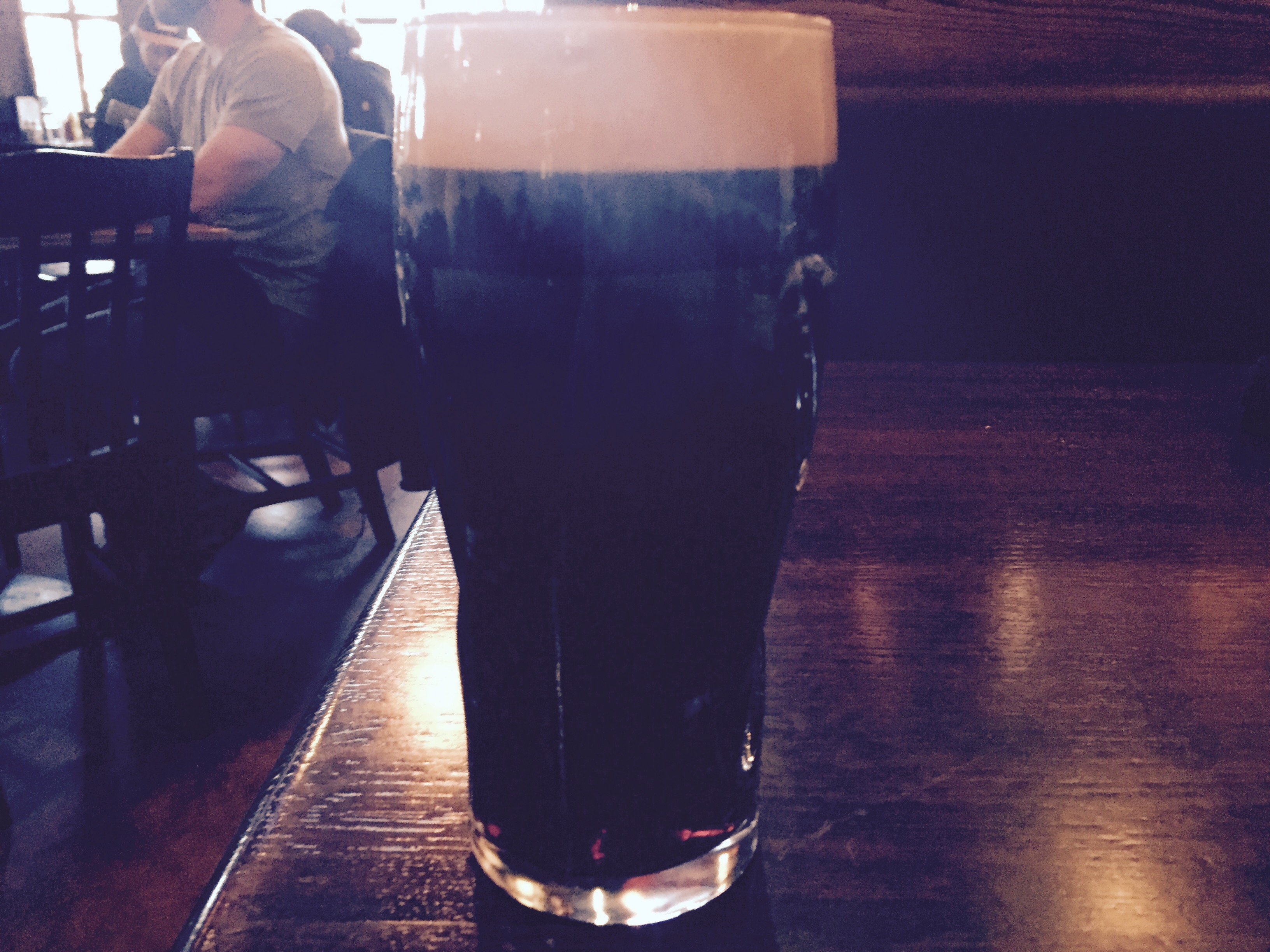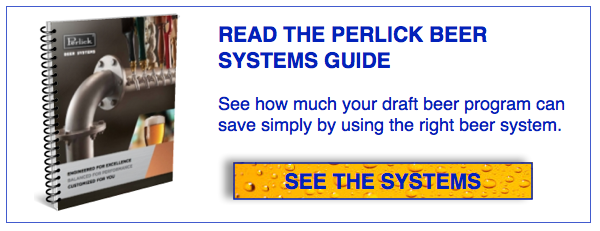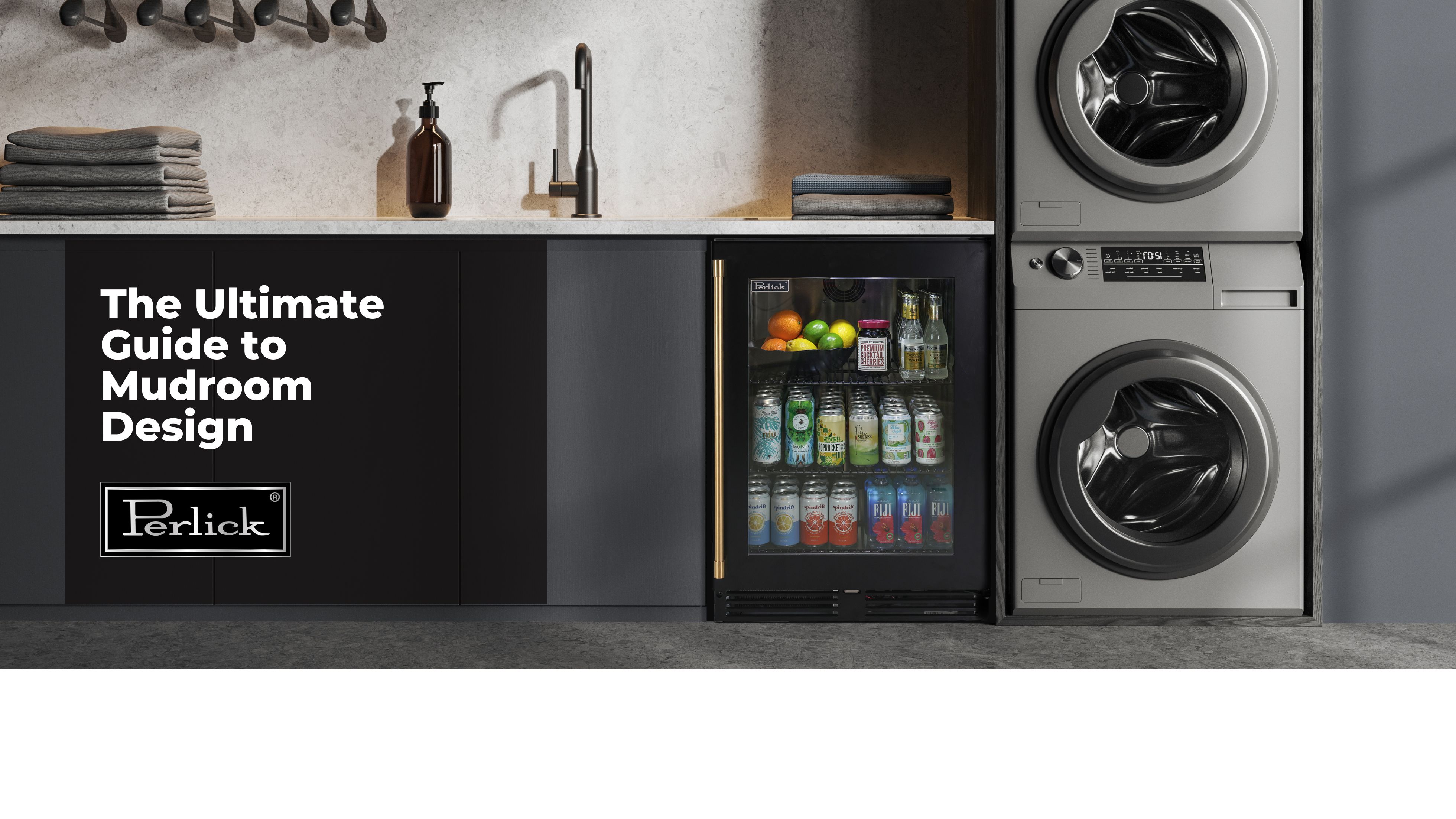It's almost St. Patrick's Day, a time of the year when we celebrate our collective Irish heritage and drink the world's favorite nitro-style beer. But what is nitro beer, and what's the trick to serving nitro beers?
Technically, nitro beers only contain about 70 to 75 percent nitrogen. A "Beer Gas" or Aligal or Guinness Gas is blended with three quarters nitrogen and one quarter carbon dioxide to make the beer – most often a stout – into a smoother and creamier product. But nitro beers aren't just relegated to stouts. In fact, even Guinness released a new Nitro IPA to expand on the popularity of nitro beers.
Nitro beers are also gaining popularity in the craft beer movement. Lefthand Milk Stout, for example, is one of the original craft breweries to focus on a nitro beer brand, and their Milk Stout is widely popular across the country. Likewise, many brewpubs often designate a tap line or two to nitrogen beers.
Unlike carbon dioxide, nitrogen is practically insoluble in liquid. During the pour, a cascade is created from a restrictor plate inside a stout faucet that forces beer through a series of tiny holes before it hits the glass. This causes the beer to actually rise in the center of the glass, which pushes the bubbles down on the side of the glass to create a cascading appearance.
Nitro cylinders and nitro regulators create and regulate high pressure that is greater than the pressures of a regular CO2 system. When the beer is forced at this pressure through the tiny holes of the nitrogen or stout faucet, carbon dioxide is removed. These nitro faucets couple to beer shanks like standard carbon dioxide faucets. These are the basics to serving nitro beers.








